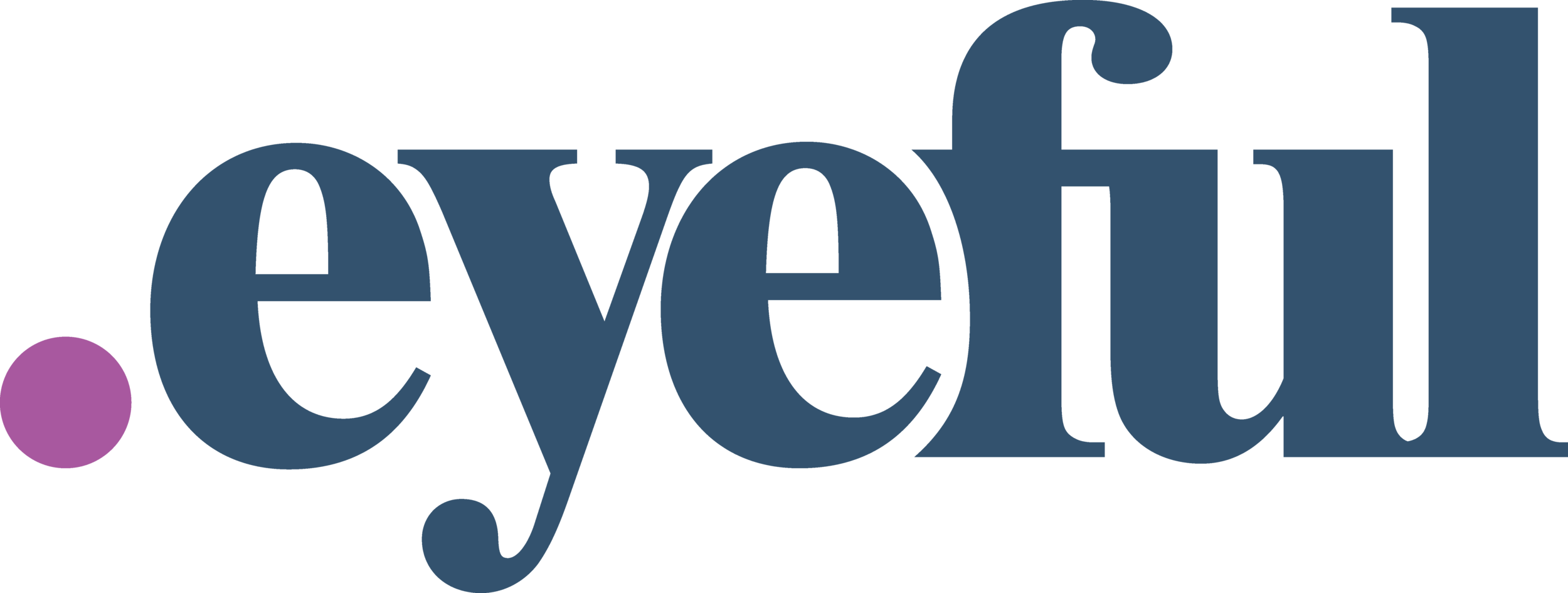Paid Search Best Practices for Maximizing ROI
Paid search strategies must continually focus on new ways to maximize return on investment. According to Forbes, paid search ad spending is forecasted to grow 9.5% year-over-year in 2024. This increase in spend will make digital advertising even more competitive moving forward.
A report from Statista reinforces this increase in paid search competition, suggesting that ad budgets will grow by 4.5% annually over the next few years. This increase in spending will result in a projected market volume of $247.3 billion by 2027.
Your paid search agency must be proactive and innovative to remain competitive. Below are best practices your B2B or B2C company should discuss with your SEM partner to stay ahead and maximize return on investment in the future.
1. A/B Testing Alternate Budgets
A successful digital marketing agency doesn't just manage your budgets; they optimize them. It's about making informed decisions based on performance data to drive revenue.
Here are the steps for testing alternate budgets:
Analyzing Performance Data: Regularly examine results for emerging trends in impression volume and share, click-through rates, cost per click, and conversion value. Identify opportunities to shift spend from low-to-high marginal ROAS campaigns. ROAS is a relative metric so you should evaluate it in the context of absolute ad cost or conversion value when deciding where to re-balance budgets.
Consider Strategic Spend: Evaluate if spending more strategically in certain areas could significantly enhance your ROI. For example, test whether or not spending more aggressively on non-branded text campaigns drives better results.
By adjusting spend, can you generate more search impression volume and clicks to brand text campaigns? Also, consider relative impression and click share when deciding where to spend between campaigns with similar ROAS.
Campaigns with a relatively low impression or click share are less likely to experience CPC inflation with incremental spending than campaigns with a high impression or click share.Adapting Budgets Flexibly: Think of ad budgets as flexible versus static. Understand how ad spend trends relative to total sales (ad-to-sales or A/S percentage), not just paid channel sales.
If you are achieving your target return on paid channels, and your overall A/S percentage is trending below targets, consider spending incrementally to drive more topline sales.
Conversely, if the A/S percentage is trending above targets, consider pulling back spending to manage bottom-line profitability to targets.
2. Innovating with New Ad Products and Platforms
Your agency should be at the forefront of innovation as the digital space evolves. One way is to test new ad products and explore emerging platforms.
Below are how you can help find new opportunities:
Evaluating Emerging Ad Products: Keep up with the latest ad offerings. Assess their potential on your paid search marketing campaign.
Discovering New Platforms: Look for new ad platforms and technologies that offer better opportunities to engage your audience.
Prioritizing ROI in Trials: Test new ad products to gauge their impact on your performance. For example, consider testing Google Performance Max campaigns against Standard Shopping campaigns.
Test to understand relative returns at the same absolute spend or conversion value level. When evaluating trial results, consider relative ROAS in light of absolute spend or conversion value.
The goal should be to achieve a better ROAS at the same or lower level of spend, not a better ROAS due to a material contraction in sales.
3. Ongoing Refinement and Optimizations
Your agency's job is never done. Continual maintenance and ongoing optimizations are crucial to staying competitive.
Ensure your paid search agency is committed to the following:
Maintaining Keyword Relevance: Regularly review keyword performance for new, outperforming, existing, and underperforming terms. Add or prune queries accordingly to maintain maximum performance.
Updating Product Feeds: Ensure your product information, like product titles, images, and descriptions, is current and compelling.
Auditing and Adapting Strategies: Regularly review past strategies to identify areas for ongoing improvement.
4. Competitive Strategies to Stay Ahead
Understanding your position in the market is crucial. Your SEM agency should provide insights into the competitive landscape throughout the year.
These are the steps your paid search partner should take to stay ahead:
Conducting Competitive Analysis: Monitor how you compare to your competitors. Identify market shifts on an annual basis.
Benchmarking Performance: Compare your performance to your competitors to uncover opportunities for improvement.
Analyzing Competitor Spending: Understand where competitors are investing. Identifying strategic opportunities for your brand to gain an edge.
If your SEM partner is not discussing these opportunities to optimize ROI, now is the time to begin that conversation. Exploring these paid search best practices will position your brand for success now and in the future.
Contact our team to learn more about paid search services.
